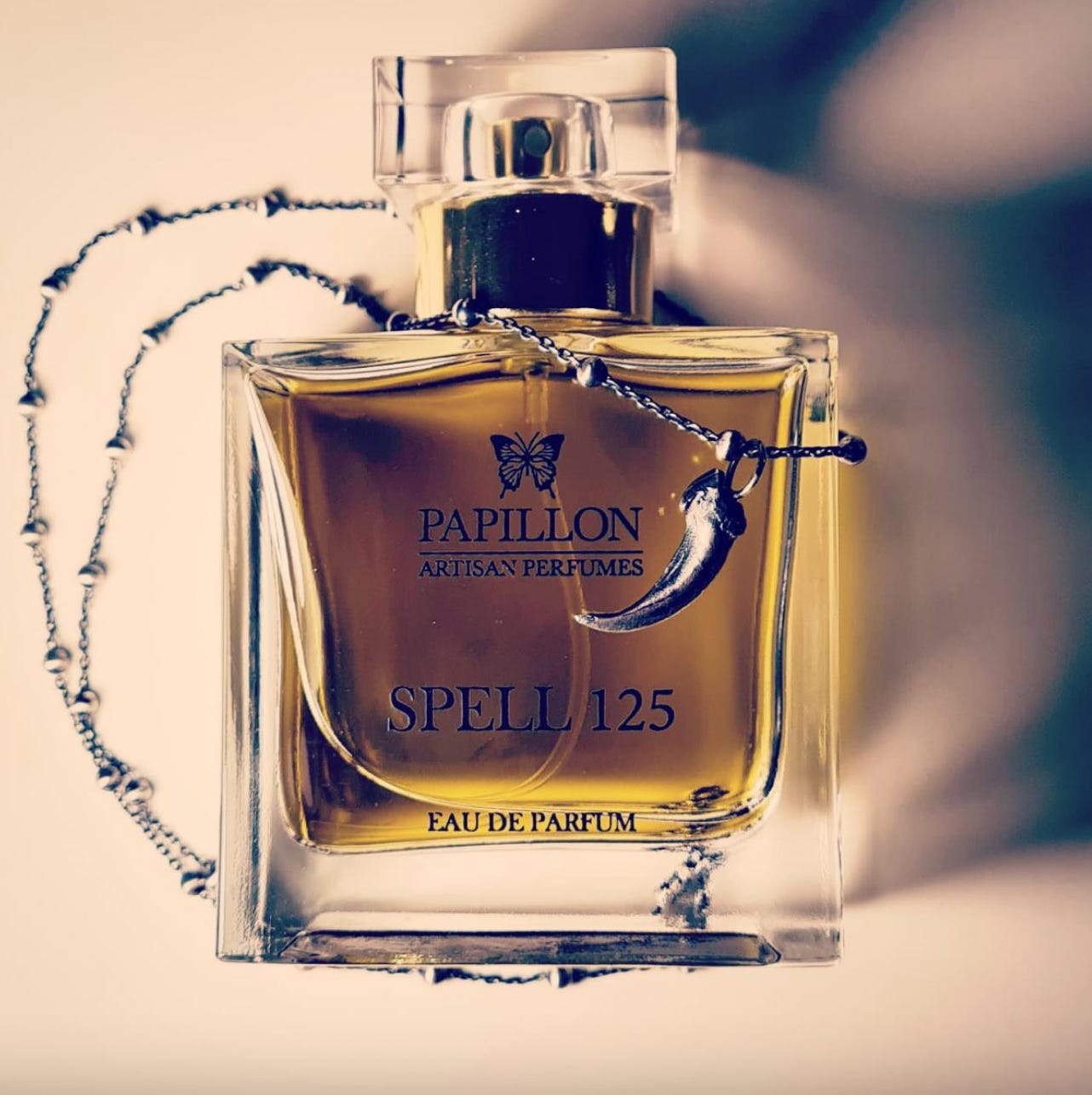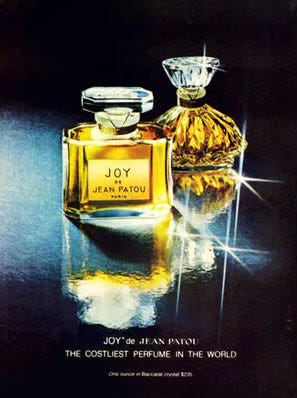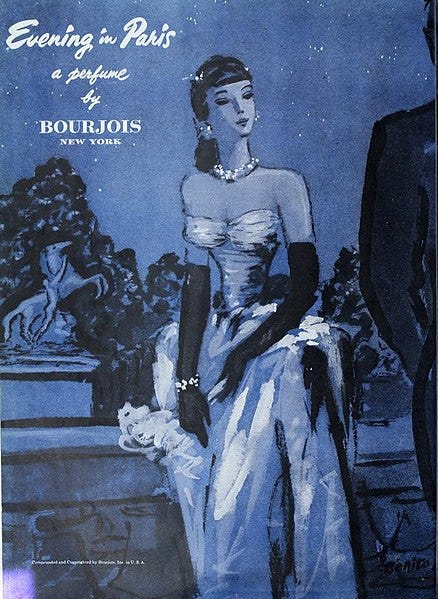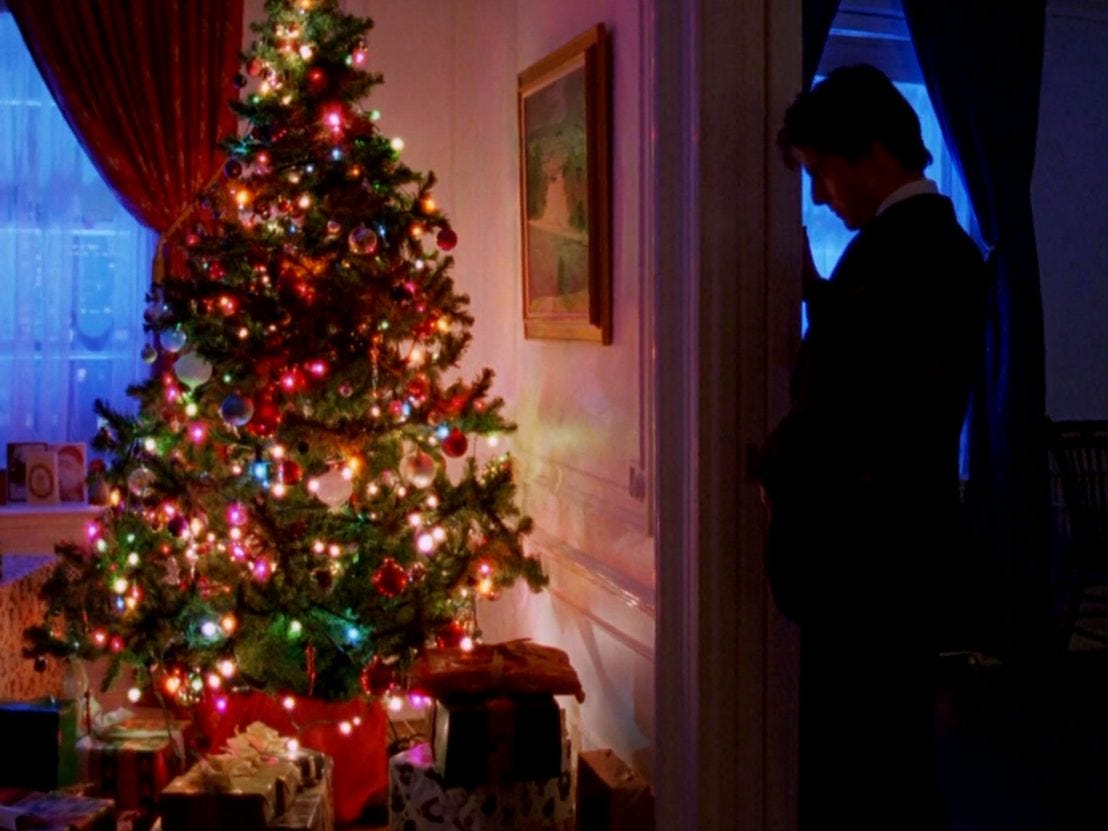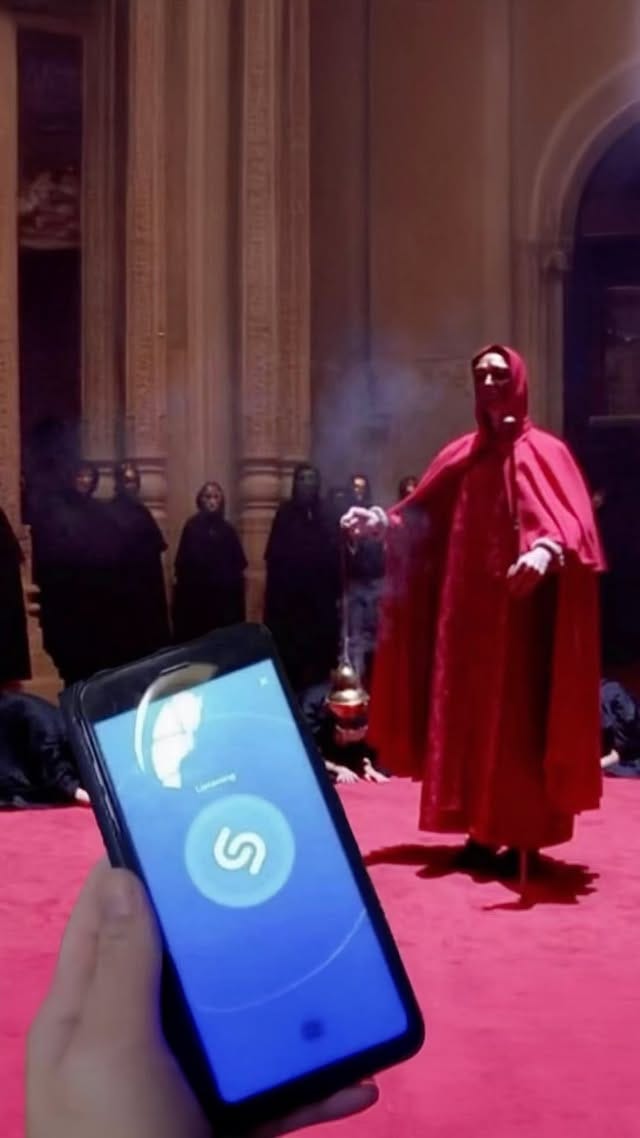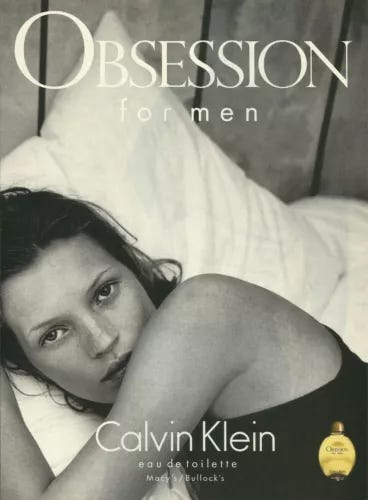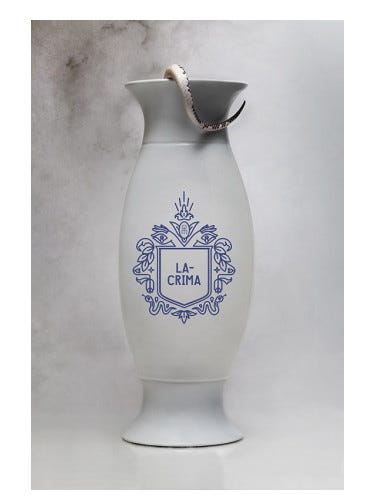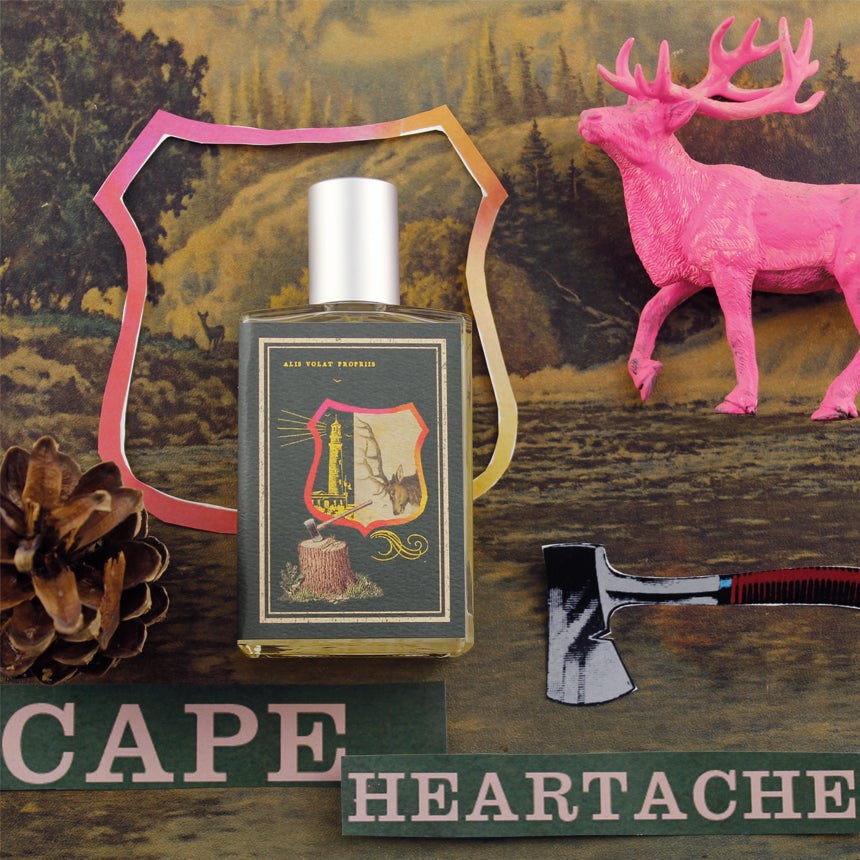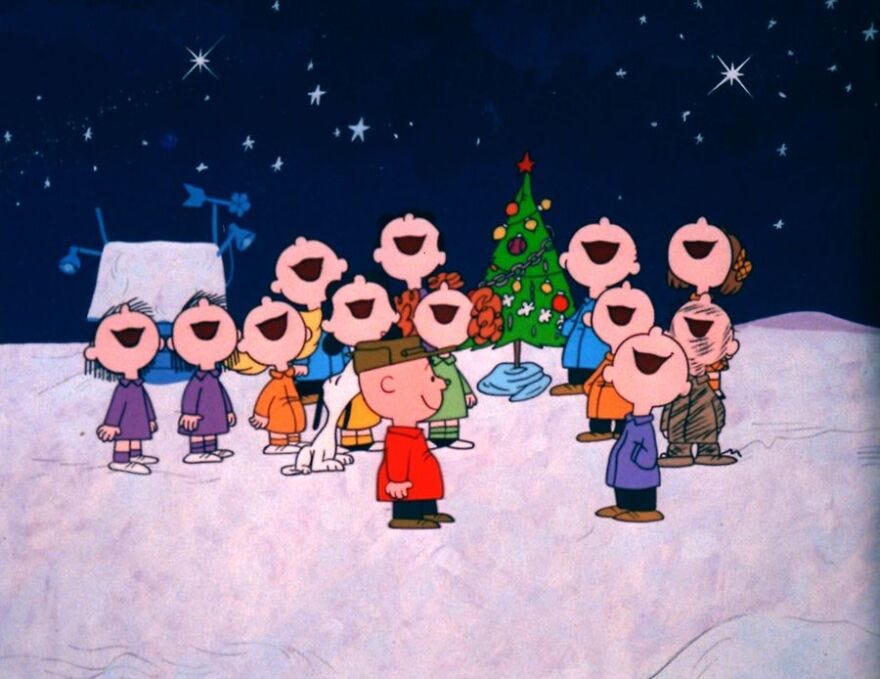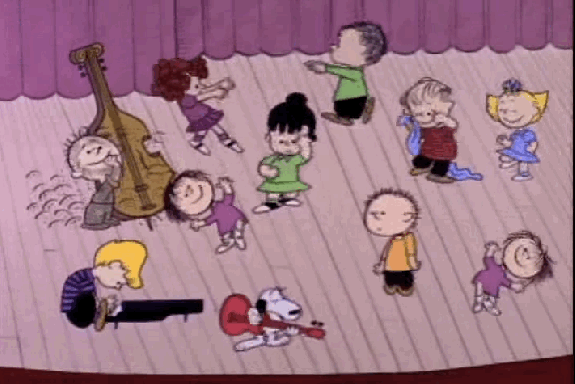My Personal Christmas Movie Canon
Christmas and Christmas-adjacent films with a fragrance (or two) to sniff alongside
Christmas movies were a big deal in my household growing up. My dad was especially attuned to the holiday spirit and we had a whole litany of films to watch over the course of the season. We’d occasionally add new films to the list, but for the most part it was centered around a handful of classics. I can probably recite the majority of the dialog for half a dozen Christmas movies by heart, their words seared into my memory by repeated viewings.
My Christmas movie viewing habits dropped off as an adult. I’d still watch a couple films every year with my family, but it felt like less of an event, especially after my father passed. During the Christmas of 2020, however, that changed a bit. I knew I wouldn’t be seeing my family but I still wanted to do something that felt special and celebratory so I turned once again to seasonal holiday films to lock into the festive spirit. In the years that have followed I’ve developed my own canon of films I watch every Christmas to celebrate the season; some of them are classics held over from my childhood, while others are personal selections that were gradually added to the rotation.
In the spirit of holiday giving, here are some of my favorites, paired with a fragrance to enjoy while you watch.
Bell Book and Candle (1958, dir. Richard Quine)
On Christmas Eve, sexy witch Kim Novak enchants her new neighbor James Stewart so he will fall in love with her. The timing of the beginning of the film is really the only Christmas-related aspect of it (and it doesn’t really make sense because Stewart is set to elope with his fiancee the following day, which is Christmas Day, and how exactly was that going to work? Are courts open on Christmas Day? I don’t think so). The film is based on a play of the same title, and all of the performances have a charming theatricality to them—Jack Lemmon as Kim Novak’s campy, bongo playing warlock brother is a favorite. Honestly though, this is a movie you mostly watch for the aesthetics—the Technicolor is popping, the late-50s costumes are magnificent, the beatnik nightclub where all the witches hang out is called The Zodiac and there’s a cute bit where the doorman decides who can come in based on the vibes of their astrological sign. Every apartment in the film makes me want to scream and rip all of my hair out of my head with envy. The end of the movie is a bit of a bummer—Kim Novak loses her witch powers after tragically falling in love with James Stewart for real.
Fun fact: this was released the same year as VERTIGO lol
Paired with: Spell 125 (2021, Papillon Artisan Perfumes, Liz Moores)
Spell 125 has a witchy name and is inspired by an ancient Egyptian incantation, but the scent itself is Christmas central. It’s a vintage-tinged floral, unsurprising given the style of perfumery Liz Moore is (respectfully) known for, but the real heart of the scent is a bright combination of resin, pine, and lightly churchy incense. Wear it if you want to smell like an alluring Christmas tree.
Remember the Night (1940, dir. Mitchell Leisen)
Written by Preston Sturges (his last screenplay before he turned to directing), this 1940 Christmas rom com could be considered an early predecessor to the cookie-cutter Hallmark Christmas pictures that are popular today: the joy of Christmas in a small town and a tight-knit family bring a couple of Hoosiers-turned-big-city-New-Yorkers together when they return to Indiana for the holidays.
Barbara Stanwyck plays Lee, a shoplifter who is being prosecuted by Fred MacMurray’s lawyer character, Jack. Lee’s trial is set to extend past Christmas and Jack feels bad for her, so he posts her bail and, since she has nowhere to go, she joins him for a road trip back home when they realize they grew up not far from each other (as an aside: I love Preston Sturges’s absurd set-ups—the complete disregard for realism is inspiring). A touching portrayal of the transformative power of love, and a great Barbara Stanwyck vehicle—during filming, Sturges promised to write a screwball comedy for her to star in, which was realized the following year in one of his all-time-greatest films, THE LADY EVE.
Like all Sturges films, REMEMBER THE NIGHT is best viewed with a crowd to really bring the comedic moments to life. Perfect for anyone who wants the particular charm of a 1940s Christmas film but has watched IT’S A WONDERFUL LIFE or WHITE CHRISTMAS to death.
Paired with: Joy, Jean Patou (1930, Henri Almeras)
Once billed as “the most costliest perfume in the world,” Joy is regarded as one of the greatest floral beauties in all perfumery. A luscious bouquet of jasmine, rose, and ylang ylang, it’s exactly the perfume that Stanwyck’s shoplifter character would steal from a fancy department store. Arresting and optimistic, it was an antidote to the gloom of the Great Depression when it was released, and it would similarly serve as a balm for Lee’s economically-precarious state.
There is a Christmas morning scene in the film where all the characters are exchanging gifts: Jack gives his mother a bottle of perfume called The Hour of Ecstasy, without realizing that he gave her the same perfume the prior year, which she in turn has regifted to Lee. I imagine Hour of Ecstasy to smell something like Bourjois’s Evening in Paris—an ionone-heavy powdery violet concoction that would already smell a bit dated and downmarket even during the year of its release.
Eyes Wide Shut (1999, dir. Stanley Kubrik)
This was the first movie to become part of my personal Christmas movie canon. Left alone to my own devices in the winter of 2020, I decided to put it on and it’s been a seasonal viewing treat ever since. EYES WIDE SHUT played at The Roxy over the summer but I didn’t go to see it at the time because it felt wrong watching it outside of the Christmas movie viewing window (Black Friday up to and including December 30th).
The original novel that serves as the source for the story is set during Carnival; Kubrick updated it to take place during Christmas. The choice to set the movie during the holiday season is very intentional and bolsters thematic and aesthetic motifs throughout the film. The holiday is ever-present, especially through the lighting and set design; nearly every setting contains a Christmas tree and strings of Christmas lights illuminate many of the scenes. Little reminders of the season are sprinkled throughout—Christmas cards on Bill Harford’s office desk, his daughter Helena asks to stay up late to watch The Nutcracker on television while he and his wife go out to a Christmas party, etc. The whole timeline is subtly shaped by the necessities of preparing for the holiday (party-going, gift wrapping, shopping) to the point where Christmas is almost a character in the film.
Essentially, EYES WIDE SHUT is a movie about forgiveness and redemption—the ultimate message of Christianity. The movie ends with Tom Cruise’s and Nicole Kidman’s characters looking forward to reconciling their misdeeds and recommitting their erotic desires to their monogamous relationship.
The film also critiques materialism and illuminates the limits of wealth: Bill uses cash as a cudgel against any obstacle he encounters throughout the film, throwing wads of it at the proprietor of a costume store in the middle of the night, using the promise of a hundred dollar bill to entice his cab driver to wait for him at the isolated Long Island estate where the infamous orgy party takes place, paying off a prostitute although he is thwarted from procuring her services. Bill uses his professional status to manipulate others just as often as he uses his wealth—he opens a conversation with, “I’m a doctor…” at least a dozen times throughout the film. Despite all his attempts to infiltrate and understand them, Bill is locked out of the enticing mysterious traditions and rituals of the upper echelon that he covets, humbled in the face of the true worldly elites just as all of humanity is humbled by the divinity of Christ—a reflection of the fact that we can never be elevated through our own efforts.
Last night, a friend pointed out that EYES WIDE SHUT follows the same basic structure as IT’S A WONDERFUL LIFE—a man unsatisfied with his life realizes he actually has it pretty good after experiencing a dream-like alternative reality over the course of an evening. I am absolutely incensed that I did not think of this myself, but it is such a good point I had to add it to my analysis.
Paired with: Obsession for Men (1986, Calvin Klein, Robert Slattery)
LaCrima (2020, Liquides Imaginaires, Anne-Sophie Behaghel)
Obsession for Men is the more literal of my two fragrance options—the name fits perfectly with the theme of the film and its olfactive profile has a wintery vibe: a base of warm, comforting spices with a slug of herbaceous lavender to butch it up a bit. An explicitly masculine fragrance also felt appropriate for a movie about a man trying to explore an underworld of illicit sex after being emasculated by his wife.
LaCrima is my choice specifically for the orgy scene. The heart of the fragrance is a ritualistic incense and resin paired with a soft lacquered wood and raunched up a bit with an animalic civet note, keeping the whole composition from becoming properly church-going.
The Muppet Christmas Carol (1992, dir. Brian Henson)
The 1984 George C. Scott version of A CHRISTMAS CAROL reigned supreme when I was growing up—it was my dad’s favorite iteration of the story so we rarely if ever watched the Muppet version, which was deemed a bit too silly for my father’s sophisticated tastes. As an adult I’ve come to appreciate it and I’ve watched it annually over the last few years. Michael Cain’s phenomenal acting really makes this version a masterpiece—he treats all the Muppets like they are real actors and delivers lines like, “why, this is Fozziwig’s old rubber chicken factory!” with the utmost seriousness. The musical numbers are cute and fun. All of the Muppets are also playing characters (e.g. Kermit is Bob Cratchit; Statler and Waldorf play Jacob and Robert Marley, etc.) which sort of adds another layer of embedded narrative to the film as the Muppets retain their signature characteristics yet also embody their characters as a role.
Cape Heartache, Imaginary Authors (2013, Josh Meyer)
Cape Heartache by Imaginary Authors is a path of strawberry candies weaving through a Christmas-y conifer forest. It has the hallmarks of a wintry walk through the woods but the two main components are so consciously artificial that it’s a bit like a cartoon version of an evergreen landscape populated with Muppet strawberries.
A Charlie Brown Christmas (1965, dir. Bill Melendez)
This is my number one Christmas movie. I will watch A CHARLIE BROWN CHRISTMAS every holiday season no matter what obstacles may try to thwart me; the fact that this classic is GATEKEPT by AppleTV except for one random weekend in December when they allow it to be streamed for free is a TRAVESTY.
A TV special that came together at the last minute and whose eccentricities (lack of laugh track, jazz soundtrack, use of child actors to voice the characters) made executives very nervous, this is one of the few Christmas films that has an overtly religious message but still resonates with non-religious people. Linus’s recitation of Luke Chapter 2 at the end of the film after Charlie Brown asks, “isn’t there anyone who knows what Christmas is all about!?” is a cinematic mic drop moment. In a time where the popular sentiment is to declare DIE HARD one’s favorite Christmas movie, the fact that A CHARLIE BROWN CHRISTMAS still resonates so strongly is testament to the power of sincerity and genuine honest feeling. It tackles heavy topics such as seasonal depression (I always used to go through a bout of the blues around Christmas time as a kid, so I could relate to Charlie Brown’s desire to see a psychiatrist to deal with his holiday-induced malaise) and the emptiness of consumerism with a deft and lighthearted hand. It represents the best of animated storytelling—blending sophistication that can be appreciated by adults with a message that is simple enough for children to understand and contemplate.
A fresh Christmas wreath, ginger cookies baking in the oven, or whatever scent reminds you of Christmas at home (2024, you and your loved ones)
It feels wrong to pair a commercial fragrance with this movie, like somehow the commercialism will taint its purity since it kind of goes against the central message of the film. Thus, I propose that you create your own olfactory Christmas experience to go along with viewing it. Sniff your Christmas tree, bake a plate of gingerbread people, dip a candy cane into a mug of hot chocolate. If none of these options are available, I recommend lighting the Cedar Balsam scented candle from Trader Joe’s—it is a close-enough approximation to the scent of a Christmas tree and readily available for an affordable price.


